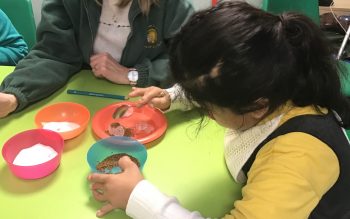
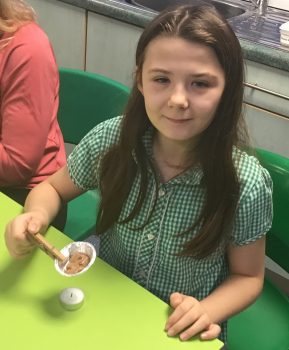
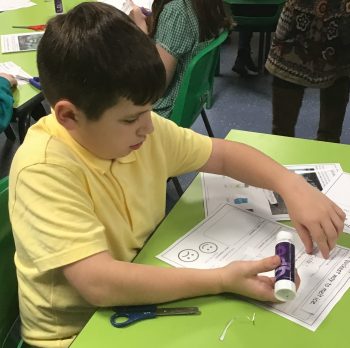
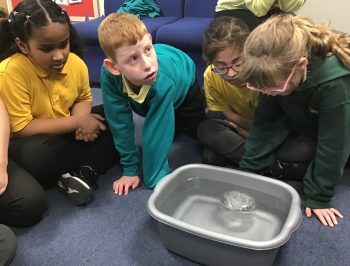
IMG_7761

IMG_7782
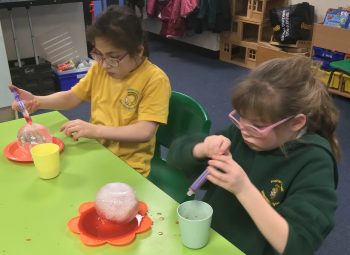
IMG_7775
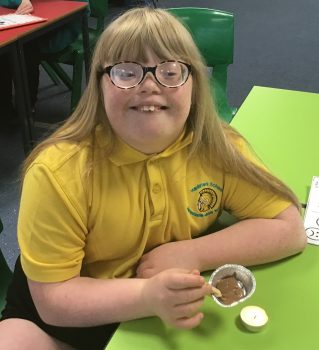
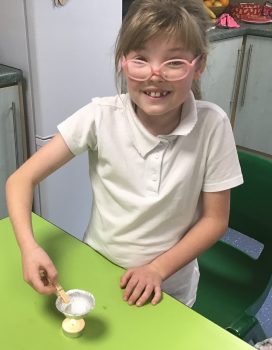

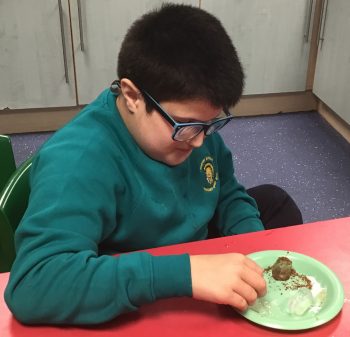 In Science, we have been carrying out experiments to help us understand the concept of melting and apply the concept to different situations.
In Science, we have been carrying out experiments to help us understand the concept of melting and apply the concept to different situations.
We first found out the difference between a solid and a liquid and that when a solid melts, it becomes a liquid. We talked about solids that we use in cooking and discovered that these solids melt into a liquid when we heat them up. We also found out that some liquids can become solid again when they cooled – this is called a ‘reversible change’.
In one investigation, we found out which solid melted the fastest when we warmed them up over a candle.
We were given a challenge for our second investigation: It’s very cold outside and the paths are icy and slippery. Your mum has asked you to try to melt the ice so she doesn’t fall. You look in the kitchen cupboard, what could you use to help you melt the ice?
In our investigation, we discovered that salt melts ice the best and we would sprinkle that on the path.
We also learnt that when huge pieces of ice fall away and float out to sea, they are called icebergs. We listened to the story of Titanic and how it crashed into an iceberg. We made our own icebergs and saw, first-hand, how most of the iceberg is hidden beneath the water. We remembered that salt melts ice and used salt and food colouring on our icebergs to notice the effect of the salt and the patterns it made.

